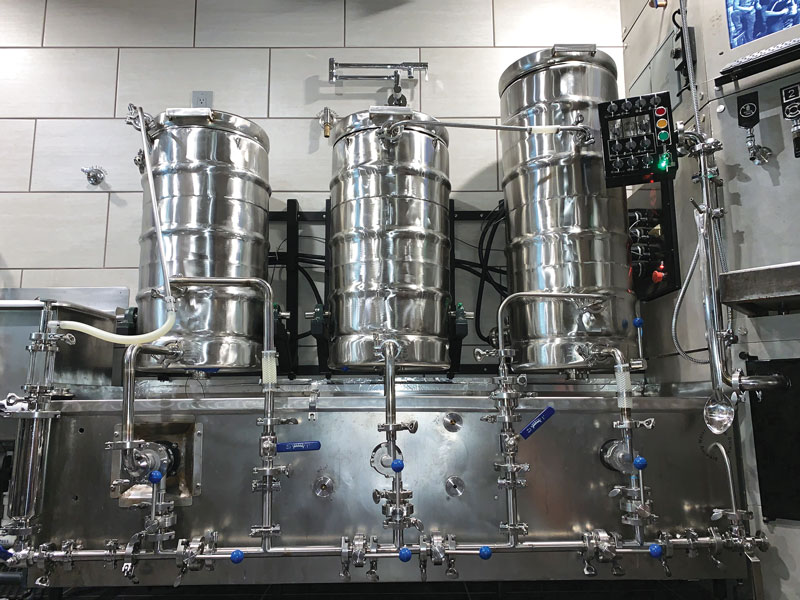Crowing Glory: A brief history of crown caps
Resting securely on the tops of our bottles, holding in beer and carbonation, the crown cap is the perfect tool for the job. But have you ever wondered about its origins?
Don’t miss our New England Beer & Baseball adventure in 2026! Click here to register!
January-February 2021 issue of Brew Your Own magazine. Cover Story: Historic and Modern Porters. Also brewing low alcohol beers and Lactobacillus details.

Resting securely on the tops of our bottles, holding in beer and carbonation, the crown cap is the perfect tool for the job. But have you ever wondered about its origins?
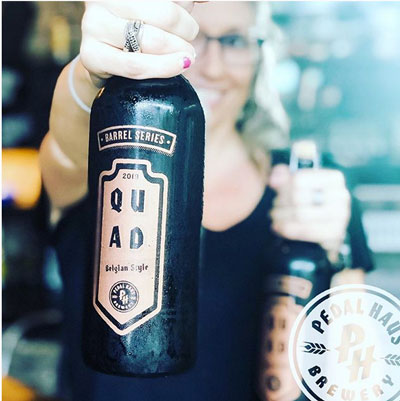
It’s a beer big in all regards: Aroma, flavor, mouthfeel, and alcohol. The beer has a full body, with enough carbonation (2.8 v/v) to give it a “lighter than it really is” feel to it. Though the alcohol is strong at 10.6% ABV, it is just one of many components to this complex beer that blend into the whole instead of standing out by itself.



With the growing trend in non-alcoholic and low-alcohol beer, we take a look at how homebrewers can create these beers at home without the expensive equipment used in most commercial settings.

Imperial porter (such as Imprint’s Imperial Milk Porter) is also a more amenable base recipe than imperial stout for the addition of specialty ingredients like coffee, maple, coconut, and more since the ingredients have a cleaner background against which to be perceived. They also hold up just as well to barrel aging, if that’s your thing.
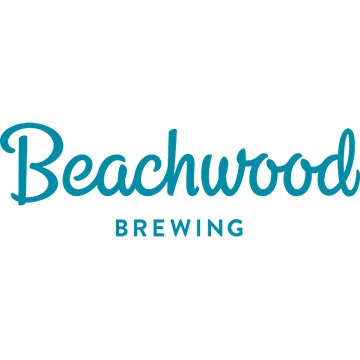
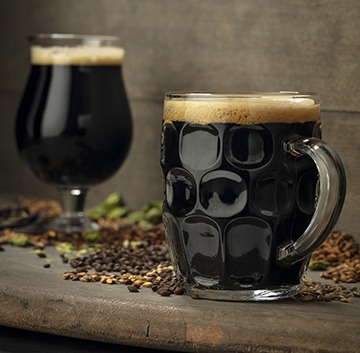
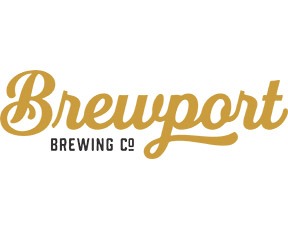

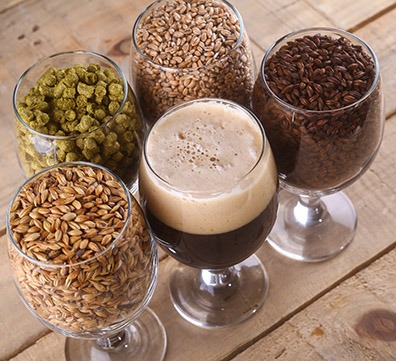


How nice would it be if you could monitor your wort’s gravity in real time without constantly needing to pull samples? While this build is still a work in progress, its innovative
design is still impressive enough.
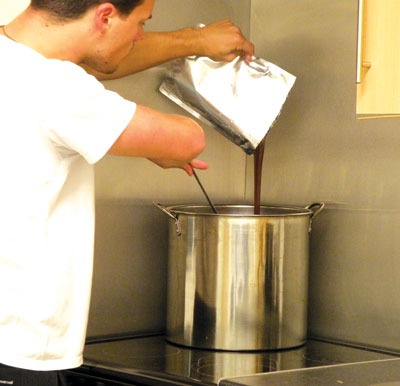
What did you learn in college? One reader learned about the art of homebrewing . . . in a small dorm setting. He’s got some advice for anyone looking to take a similar path.

Audra Gaiziunas is back to equip breweries with the accounting skills needed to manage their cash flow over the long term. More precisely, she looks at the financing and investing sections of a brewery’s cash flow statement.
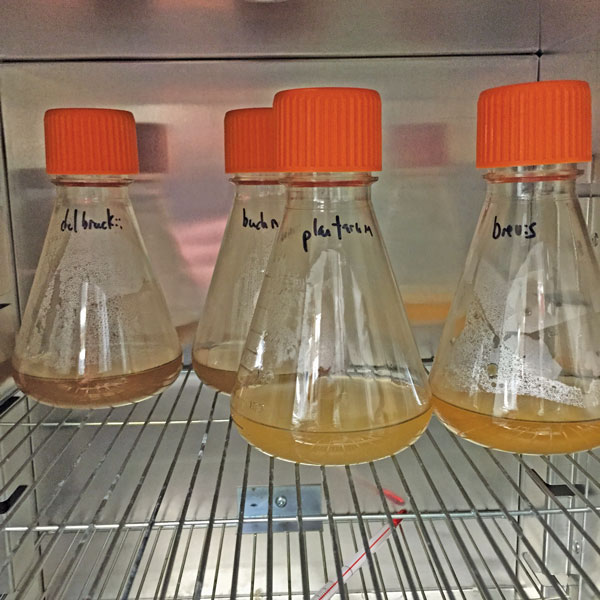
The popularity of Lactobacillus in the modern craft beer scene is hard to miss. But not all Lacto species (or sub-species) act similarly. Get the scoop on a few of their differences.

Homebrewers have been known to fret over their brewhouse efficiency numbers. Make sure you know the differences, the variables involved, and how to troubleshoot.

When I first thought about giving a recipe for this style, I was going to say, “just take your favorite Pilsner or helles recipe, but use more water” – and I wouldn’t be too far from the mark. But there is a little more to it than that.


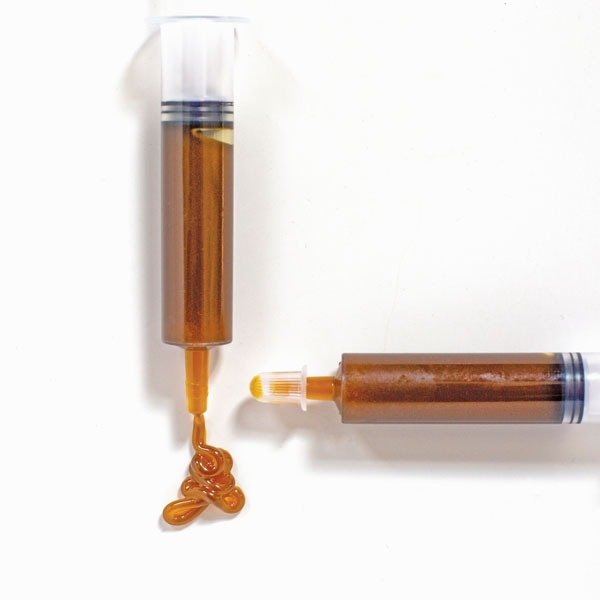
A reader wants to know his options for adjusting a beer’s bitterness post-fermentation. Also, multi-generational yeast, dry hopping in a narrow neck carboy, and early racking dynamics.



German light beer is much different than what Americans have come to expect of “lite” beer. Learn some of the keys to crafting a full-flavored and balanced leichtbier.
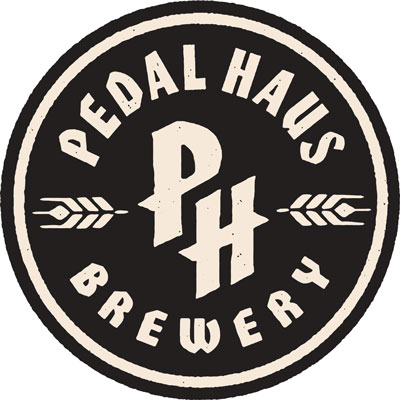
The Replicator brings an Ohio reader a recipe from one of the most revered breweries in Phoenix, Arizona. This is a big beer that is perfect for sipping on a cold winter night.
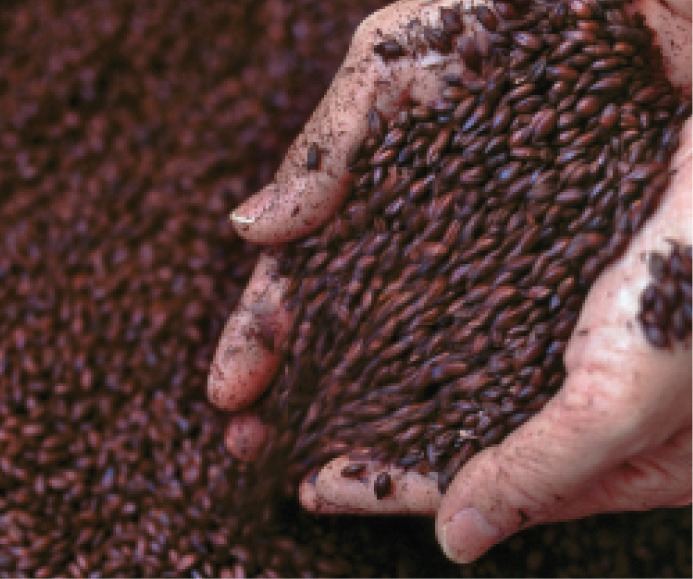
The term roasted grains covers a broad spectrum of both malted and unmalted cereal grains with varying effects on your brew. Learn the basics of these many classes.
